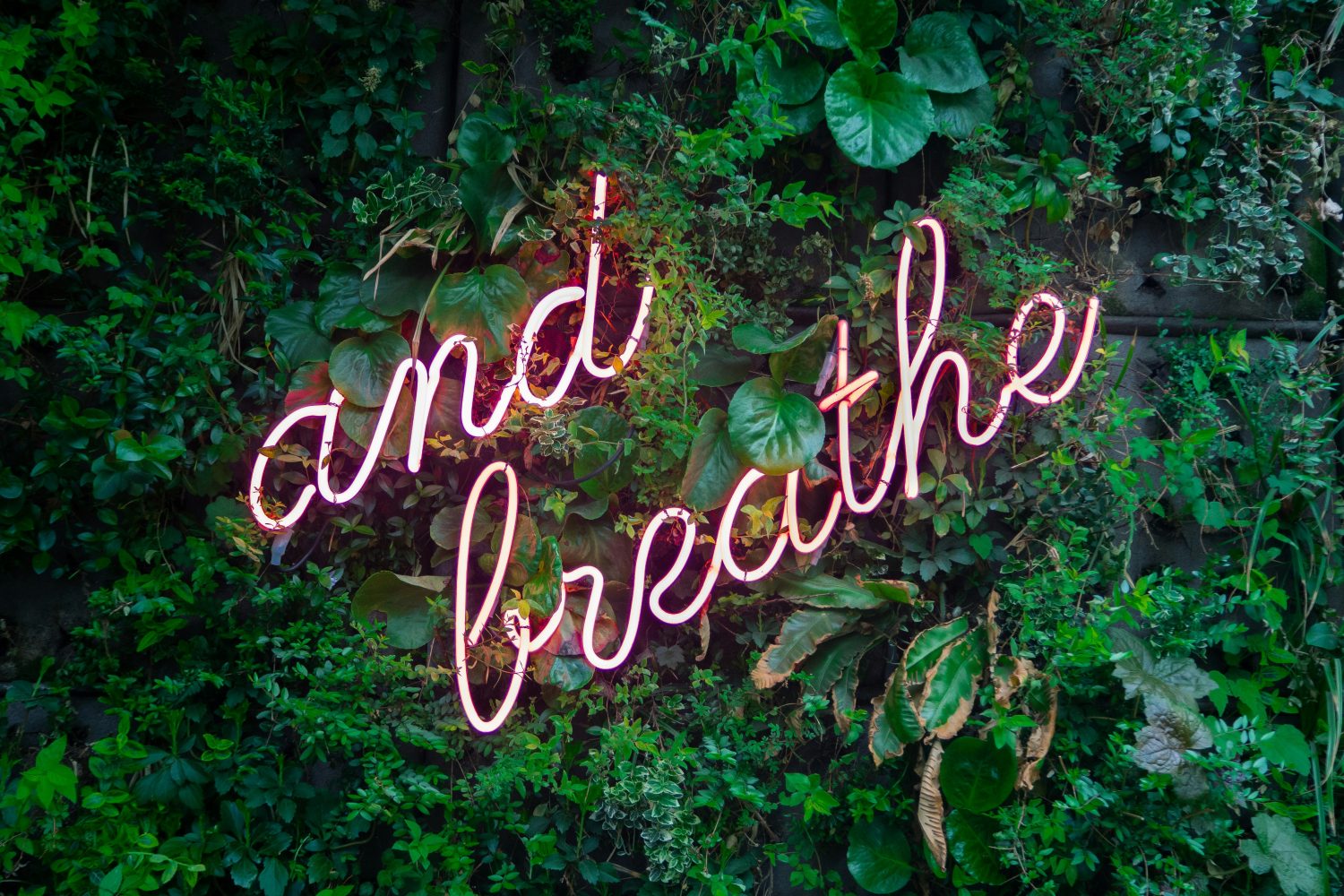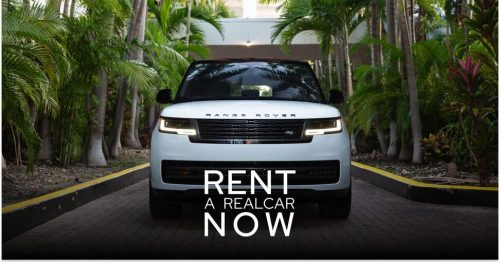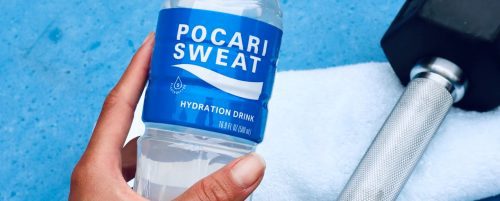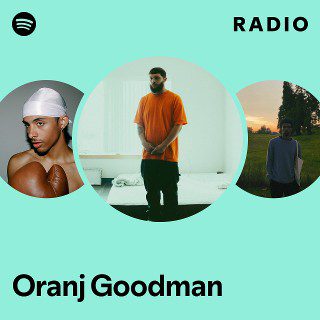Sponsored:
Luxury used to be loud. Flashy cars, diamond chains, logo-dripped outfits, and all the visual markers that said you made it. But in 2025, the cultural flex looks different. Luxury now leans toward mindfulness, health, and balance, aka mindful luxury. Instead of bragging about a new watch, people are posting about their Oura sleep scores, their Costa Rica yoga retreat, or their ClassPass recovery lounge session.
This shift isn’t about stepping away from style or wealth — it’s about evolving what “success” looks like. The new luxury is curated self-care: retreats, wearables, fitness memberships, and wellness routines that show balance, longevity, and control.
In today’s culture, “mindful luxury” has become the ultimate status symbol.
The Rise of Wellness Retreats
Wellness retreats aren’t new, but in 2025 they’ve become the centerpiece of luxury lifestyle.
Costa Rica has emerged as a global hotspot. From eco-lodges in Nosara to luxury resorts in Guanacaste, the country blends tropical beauty with a wellness-driven culture. Yoga retreats, plant-based dining, and surf therapy are everywhere.
Bali remains a global retreat leader, offering sound baths, meditation sanctuaries, and holistic spas tailored to digital nomads and jet-setters.
Tulum continues to draw celebrities and influencers who treat weeklong wellness escapes as both personal resets and branded content opportunities.
California (Malibu, Big Sur, Ojai) offers retreats that combine West Coast luxury with holistic practices, catering to both locals and international visitors.What makes these retreats different now is the integration of luxury hospitality with mindful practices. Guests aren’t just lounging poolside — they’re doing guided breathwork, journaling, experimenting with sound healing, and eating curated plant-based menus prepared by top chefs.
Tech-Driven Mindful Luxury
The luxury wellness movement is fueled by data and devices. Wearables and recovery tools are no longer niche; they’re status indicators.
Oura Ring – Seen on athletes, celebrities, and influencers, the ring tracks sleep, readiness, and recovery. Posting your Oura score has become a new flex.
WHOOP Strap – Once an athlete’s tool, WHOOP is now mainstream among high-performance professionals and creatives. The subscription model makes it feel exclusive, and its detailed analytics tie into lifestyle optimization.
Apollo Neuro – A newer player that uses vibration therapy to help manage stress and focus. Apollo has quickly become a must-have in wellness circles.
Therabody – Known for the Theragun, now expanded into full recovery lounges, facial devices, and sleep tech.
Eight Sleep – Smart mattresses that track body temperature and sleep cycles, taking mindful rest to the highest level.
Luxury isn’t just about how you look anymore — it’s about the data that proves you’re living well.
Boutique Fitness and Recovery Lounges
Gyms have transformed into cultural hubs.
Equinox has rolled out recovery lounges with cryotherapy, red-light therapy, and guided meditation. Their “E by Equinox” luxury tier makes wellness a premium experience.
Alo Yoga is more than athleisure now. Their studios, rooftop yoga classes, and content collabs make them part of mindful luxury culture.
Peloton has pivoted from at-home cycling to a broader lifestyle platform, with meditation, strength training, and global retreats.
SoulCycle continues to push exclusivity through high-energy classes paired with mindfulness content.
Recovery is the new frontier. Luxury gyms are competing not just on workouts but on how well they can help members rest, reset, and optimize their performance.
Fashion x Wellness Collabs
Fashion and wellness now go hand in hand.
Gucci x Oura Ring launched a $950 luxury version of the wellness tracker, merging high fashion with biohacking.
Lululemon Studio integrates hardware, on-demand classes, and community into one package.
Alo Yoga collabs with influencers and musicians for lifestyle crossovers.
Nike has shifted campaigns toward mindfulness, recovery, and holistic performance.
Hermès launched a meditation app partnership in Asia, showing how even luxury heritage brands want a piece of the wellness pie.
In 2025, what you wear to meditate or train has become as culturally important as what you wear to the club.
Functional Foods and Beverage Culture
Food and beverage culture is at the front lines of the mindful luxury shift. For decades, luxury dining meant white-tablecloth restaurants, Michelin-starred chefs, and bottles of Dom Pérignon. In 2025, the flex looks very different: it’s about what fuels your body daily, the functionality of your choices, and the wellness story behind every sip and bite.
Functional Beverages as Lifestyle Flex
Walk through any luxury gym, yoga studio, or Erewhon grocery aisle, and you’ll see coolers stocked with functional sodas, NA cocktails, and adaptogen blends. These drinks aren’t just refreshers — they’re social identity markers.
- OLIPOP and Poppi have turned prebiotic sodas into lifestyle products, with gut health becoming a wellness flex.
- Kin Euphorics, co-founded by Bella Hadid, taps into the mindful luxury lane with adaptogen-powered NA cocktails.
- Athletic Brewing positioned NA beer as a premium choice for athletes, festival-goers, and wellness travelers.
- Ghia redefined aperitifs, offering zero-proof drinks with the aesthetics of luxury cocktail culture.
- Liquid Death made canned water a cultural brand, showing that even hydration can be packaged as lifestyle rebellion.
These brands aren’t just beverages — they’re conversation pieces, Instagram moments, and signals of how plugged-in you are to the wellness wave.
The $20 Smoothie Era
Erewhon in Los Angeles has become the epicenter of mindful consumption. Their celebrity-endorsed smoothies, priced at $17–$20, aren’t just drinks — they’re cultural status symbols. Ordering the Hailey Bieber or Bella Hadid smoothie is a flex of taste, wellness, and influence. It’s not about the smoothie itself as much as what it represents: that you belong to a luxury lifestyle community centered on health.
Food as Function, Not Just Flavor
Mindful luxury also shows up on the plate. Restaurants and food brands are rethinking dining as a performance enhancer.
- Plant-based dining isn’t fringe anymore; it’s elevated by chefs like Matthew Kenney, who’ve built global brands around wellness food.
- Sakara Life delivers luxury meal kits focused on clean eating and mindfulness.
- High-end supplement-infused foods — protein pancakes, mushroom coffee, adaptogen chocolate — are entering fine dining menus.
It’s no longer just “what tastes good,” but “what makes me feel optimized, balanced, and aligned.”
Wellness Dining Experiences
Luxury restaurants and hotels are adapting to this trend by merging fine dining with wellness rituals. Think tasting menus paired with meditation breaks, chefs collaborating with nutritionists, or resorts offering personalized meal planning based on your biometrics.
Food has always been cultural currency, but in 2025 mindful luxury makes it the ultimate identity flex: what you consume, how it benefits your body, and the story behind the brand all matter as much as flavor.
Travel and Tourism Boards Step Into Mindfulness
Travel companies and tourism boards have fully embraced wellness culture.
Visit Costa Rica now markets directly around wellness tourism, showcasing retreats, eco-lodges, and surf therapy.
Thailand has pivoted from nightlife tourism to holistic health packages.
Japan emphasizes mindfulness through hot spring resorts and cultural wellness practices.
Iceland draws travelers with geothermal spas and nature-driven wellness experiences.
Wellness tourism is projected to grow into a $1 trillion industry by 2030, and luxury travelers are leading the way.
Why Mindful Luxury Works
The rise of mindful luxury reflects deeper cultural shifts:
Success = Balance. Flashy wealth doesn’t resonate the same way it did in the 2000s. In 2025, the flex is showing you’re centered, optimized, and in control.
Social Media Appeal. A yoga retreat in Bali or a sleep score screenshot plays perfectly on Instagram or TikTok. Mindfulness is now visual content.
Post-Pandemic Values. Health, wellness, and resilience took priority after 2020. Now, they’ve become long-term cultural values.
Celebrity Influence. From Bella Hadid’s Kin Euphorics to Drake’s investments in gyms and wellness products, stars are pushing mindful luxury as the culture’s new lane.
The Future of Mindful Luxury
Looking ahead, mindful luxury will only expand:
- Personalized retreats – Using AI and wearables to tailor wellness escapes to your biometrics.
- Luxury wellness real estate – Residences built around meditation rooms, recovery spaces, and wellness amenities.
- Hybrid events – Festivals that combine music, fitness, and mindfulness into one package.
- Mainstream brand collabs – Expect Nike, Adidas, and high-fashion houses to double down on mindfulness as part of lifestyle identity.
The new luxury isn’t about who has the loudest watch or the most exclusive sneaker drop. It’s about who has the deepest sense of balance, the best recovery practices, and the most curated wellness experiences.
Mindful luxury has become the new cultural currency. Costa Rica retreats and Bali sound baths to Gucci Oura Rings and Erewhon smoothies, wellness has stepped into the spotlight as the ultimate status symbol. In 2025, the flex isn’t working yourself into burnout — it’s showing the world that you’ve mastered balance.
For brands, the opportunity is massive.
Align with mindful luxury now, and you’re not just selling products — you’re selling identity, lifestyle, and the cultural language of success.







